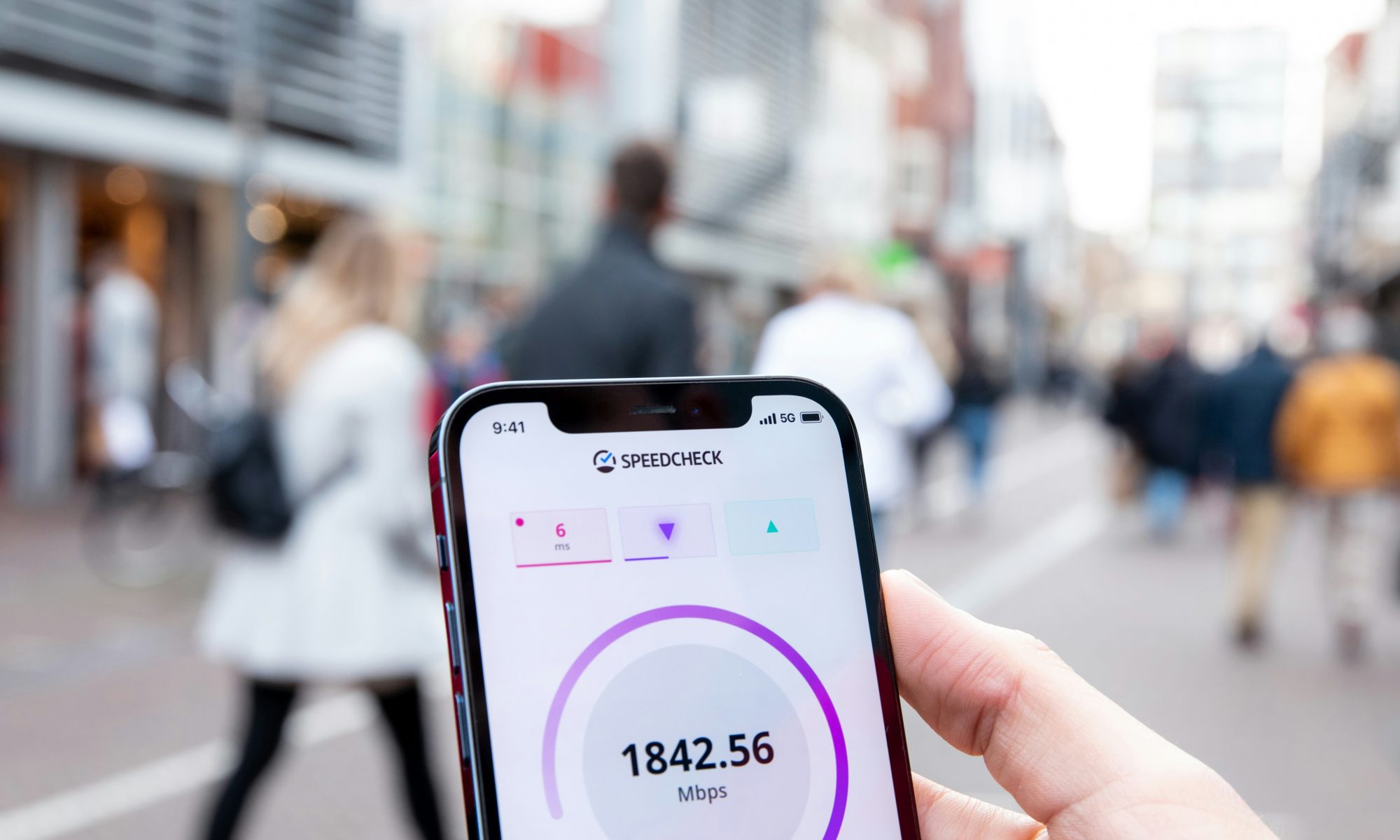The shift toward 5G connection in the Philippines is a tech upgrade that reimagines how companies operate, sell, and interact with customers.
In places like Metro Manila and Cebu, 5G is unlocking faster, more flexible ways to manage operations—enabling everything from instant inventory updates to seamless remote collaboration.
Read on to learn what 5G in the Philippines means, how it compares to 4G, and why tapping into it can be a game-changer.
What is 5G Network Coverage in the Philippines?
5G, or fifth-generation mobile network technology, is the latest standard in wireless connectivity that offers significantly faster speeds, lower latency, and higher device capacity than previous generations. With 5G, you can stream, upload, and access cloud platforms in real time—with little to no buffering.
Aside from speed, what makes 5G stand out is its blend of traditional cell towers and dense clusters of small antennas known as “small cells.”
Since 5G infrastructures enable quicker and more efficient communication between devices and the network, the technology is ideal for high-demand tasks such as telemedicine or smart city management.
In 2020, local telcos began rolling out 5G coverage in the Philippines in major cities like Metro Manila, Cebu, and Davao. Expansions toward key regional hubs and even underserved rural municipalities followed afterward.
While full nationwide coverage is yet to be developed, the growth is steady—and the promise of a more connected ecosystem is within reach.
5G vs. 4G Connection in the Philippines: Which is Better?
If you’re still on 4G, it might be time to upgrade. The 5G network in the Philippines offers clear advantages that can turn your operations around and open doors to innovations you couldn’t approach before.
Read for faster, smarter connections? See how 5G is outpacing 4G across the country.
1. Latency
Latency refers to the time it takes for data to travel from one point to another—also known as the delay between sending and receiving. 4G’s latency is approximately 50 milliseconds, whereas 5G drops to 1 to 10 milliseconds.
The latter is ideal for live-streaming product launches or interactive online classes, making it a game-changer for real-time applications.
2. Network capacity
5G can handle up to 1 million connected devices per square kilometer, which is 10 times more than what 4G can handle. If you’re a digital entrepreneur, your chosen apps and platforms can manage more users and devices at once—even during peak seasons or nationwide campaigns.
The 5G network also enables smart IoT tools to function more effectively, such as how delivery vehicles send real-time status updates or how systems track customer activity as it occurs.
3. Reliability and stability
Due to 5G’s ability to thrive in dense environments, your connection remains strong even in high-traffic areas like malls or public transportation terminals. It makes a big difference when you’re managing mobile POS systems, remote teams, or customer service chatbots.
A more stable connection also means fewer service disruptions, helping you maintain customer trust and avoid costly downtime.
4. Coverage and availability
5G coverage is expanding rapidly in urban areas, such as Metro Manila and Cebu. Telcos are also actively targeting industrial zones, universities, and underserved municipalities. You can expect broader availability within the next couple of years, making investing in 5G worthwhile to stay ahead of the curve.
5. Infrastructure and technology
While 4G relies on traditional cell towers, 5G utilizes a combination of small cells, macro towers, and edge computing to prevent congestion. It’s designed to keep up with modern needs—from cloud apps to virtual reality experiences for marketing.
In fact, the Department of Information and Communications Technology (DICT) has set a 2028 deadline for telecom companies to refarm legacy 2G and 3G frequencies.
6. Energy efficiency
Arguably, 5G is more energy-efficient than 4G with its smart resource allocation. It utilizes network slicing, enabling devices and infrastructure to consume only the energy they require based on demand.
That means your business can save energy without sacrificing neither speed nor performance—great for remote operations or achieving sustainability goals.
7. Use case suitability
4G can handle everyday tasks like streaming and browsing, but 5G is built for high-demand, real-time applications. Its speed and low latency make it ideal for industries that rely on instant communication, such as telehealth and eCommerce.
With 5G, the potential to innovate and scale becomes much more accessible.
8. Cost and accessibility
Adopting 5G doesn’t necessarily mean higher costs. Many 5G-enabled devices and data plans are now competitively priced, thanks to growing demand and the expansion of infrastructure.
With 5G becoming more common, it’s now more affordable—making it a wise long-term investment for your growing business.
Stay Ahead: Embrace the 5G Advantage
5G connection in the Philippines is the backbone of tomorrow’s digital economy. Whether you’re optimizing an online storefront or orchestrating logistics across the country, 5G puts the power of real-time connectivity in your hands.
If you’re looking for trusted SMS marketing for businesses, consider Semaphore. We offer powerful tools for marketing campaigns and customer alerts to keep you connected to your customers.
Get started with Semaphore today and discover how faster, smarter messaging can drive your business in a 5G-enabled future.
